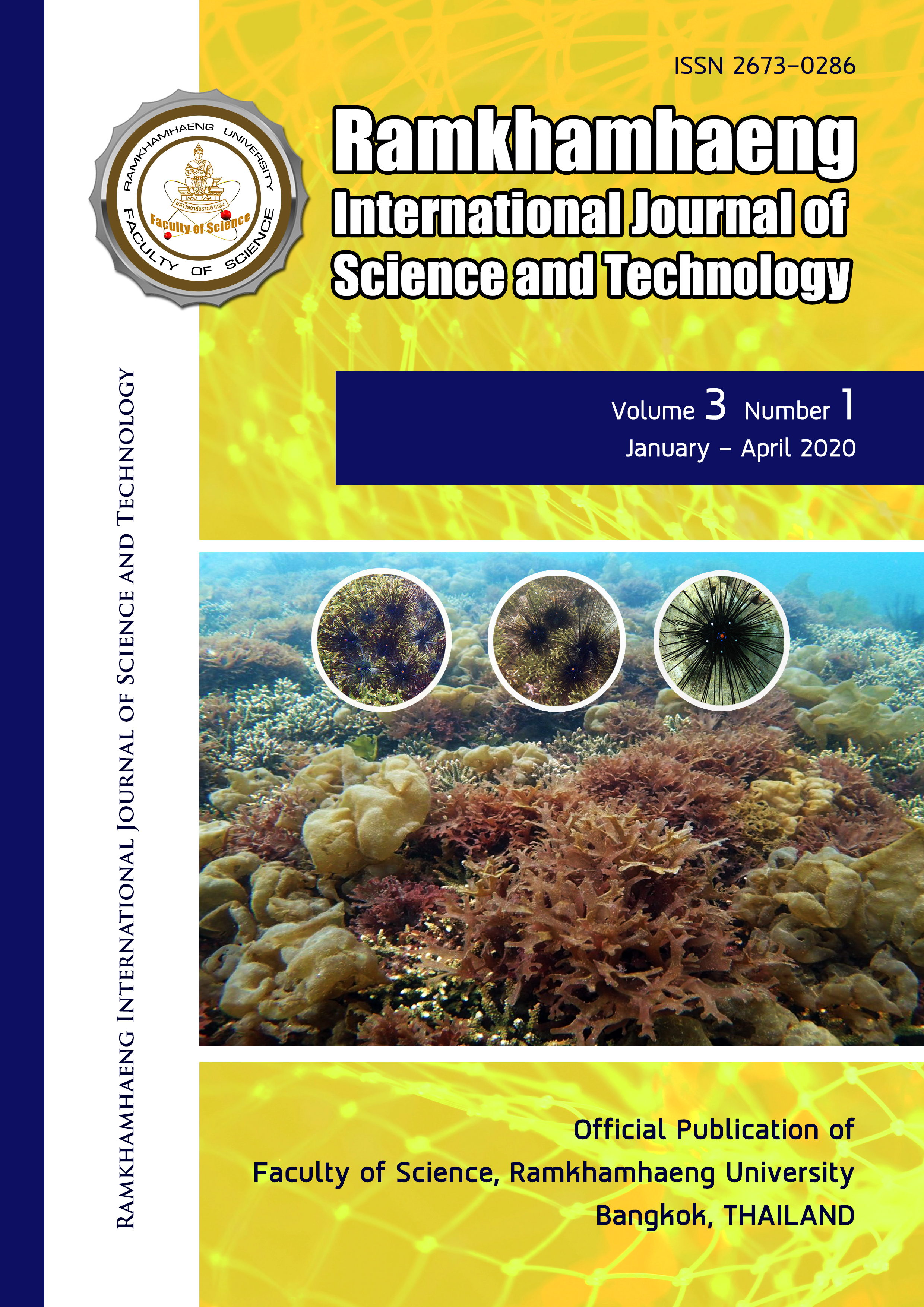The relationship between Diadema corallivory and macroalgae in a high-latitude coral community in Japan
Keywords:
High-latitude corals, Diadema, Grazing, AlgaeAbstract
Destructive corallivory by Diadema spp. on acroporid corals was observed in high-latitude coral communities in Japan, where high algal abundance is generally observed in winter and spring. Primarily an herbivore Diadema turns omnivorous during times of food shortage, suggesting that corals could become an alternative food source for Diadema spp. when algae become scarce. This hypothesis was examined by quantifying algal abundance, Diadema abundance, and Diadema feeding scars on corals in the remnant coral population along the coast of Uchiura, Shizuoka, Japan. The number of feeding scars was correlated with the density of Diadema, which increased when algal abundance decreased; however, there was no correlation between algal abundance and numbers of feeding scars on corals. Thus, the hypothesis that corals are an alternative food source for Diadema spp. was partially confirmed, although examination of Diadema gut content composition could help verify whether the frequency of corallivory is inversely correlated with algal abundance.
References
Atobe T, Ueno S (2001) Grazing effect of Diadema setosum on the scleractinian coral, Acropora tumida, in Suruga Bay, Japan. Bulletin of Institute of Oceanic Research and Development, Tokai University 22:65-73 (in Japanese)
Bak RP, van Eys G (1975) Predation of the sea urchins Diadem antillarum Philippi on living coral. Oecologia, 20:111-115
Carpenter RC, Edmunds PJ (2006) Local and regional scale recovery of Diadema promotes recruitment of scleractinian corals. Ecol Lett, 9:271-280
Dumont CP, Lau DCC, Astudillo JC, Fong KF, Chak STC, Qiu JW (2013) Coral bioerosion by the sea urchin Diadema setosum in Hong Kong: Susceptibility of different coral species. J Exp Mar Biol Ecol 441:71-79
Edmunds PJ, Carpenter RC (2001) Recovery of Diadema antillarum reduces macroalgal cover and increases abundance of juvenile corals on a Caribbean reef. PNAS 98:5067-5071
Hughes TP (1994) Catastrophes, phase shifts, and large-scale degradation of a Caribbean coral reef. Science 265:1547-1551
Idjadi JA, Haring RN, Precht WF (2010) Recovery of the sea urchin Diadema antillarum promotes scleractinian coral growth and survivorship on shallow Jamaican reefs. Mar Ecol Prog Ser 403:91-100
Kosaka T, Komatsu T, Ohkubo A, Ueno S (2001) Changes of Acropora tumida Community Damaged by Low Temperature in Suruga Bay, Central Japan (1992-2000). Journal of the School of Marine Science and Technology, Tokai University 52:57-67 (in Japanese)
Myhre S, Acevedo-Gutiérrez A (2007) Recovery of sea urchin Diadema antillarum population is correlated to increased coral and reduced mcroalgal cover. Mar Ecol Prog Ser 329:205-210
Qiu JW, Lau DCC, Cheang CC, Chow WK (2014) Community-level destruction of hard corals by the sea urchin Diadema setosum. Mar Pollut Bull 85:783-788
Rodríguez-Barreras R, Cuevas E, Cabanillas-Terán N, Sabat AM (2015) Potential omnivory in the sea urchin Diadema antillarum? Reg Stud Mar Sci 2:11-18
Ruengsawang N, Yeemin T (2000) Bioerosion caused by grasing activities on coral communities in the Gulf of Thailand. Proceedings 9th International Coral Reef Symposium. Bali, Indonesia, pp 289-294
Sammarco PW (1980) Diadema and its relationship to coral spat mortality: grazing, competition, and biological disturbance. J Exp Mar Biol Ecol 45:245-272
Schneider CAm Rasband WS, Eliceiri KW (2012) NIH Image to Image J: 25 years of image analysis. Nature methods 9:671-675
Yamanishi H, Nakajima T, Matsunaga Y, Gonda Y, Saito H, Ueno S, Akiyana N, Okada Y
(2013) Distribution and phenology of brown algae Undaria undarioides on the southern coast of Uchiura Bay, Shizuoka, Japan. Nippon Suisan Gakaishi 79:832-839 (in Japanese)
Downloads
Published
Issue
Section
License
Copyright Notice: a copyright on any article in the published journal is retained by the Ramkhamhaeng International Journal of Science and Technology. Readers or Users grant the right to use of the Article contained in the Content in accordance with the Creative Commons CC BY-NC-ND license and the Data contained in the Content in accordance with the Creative Commons CC BY-NC-ND.



